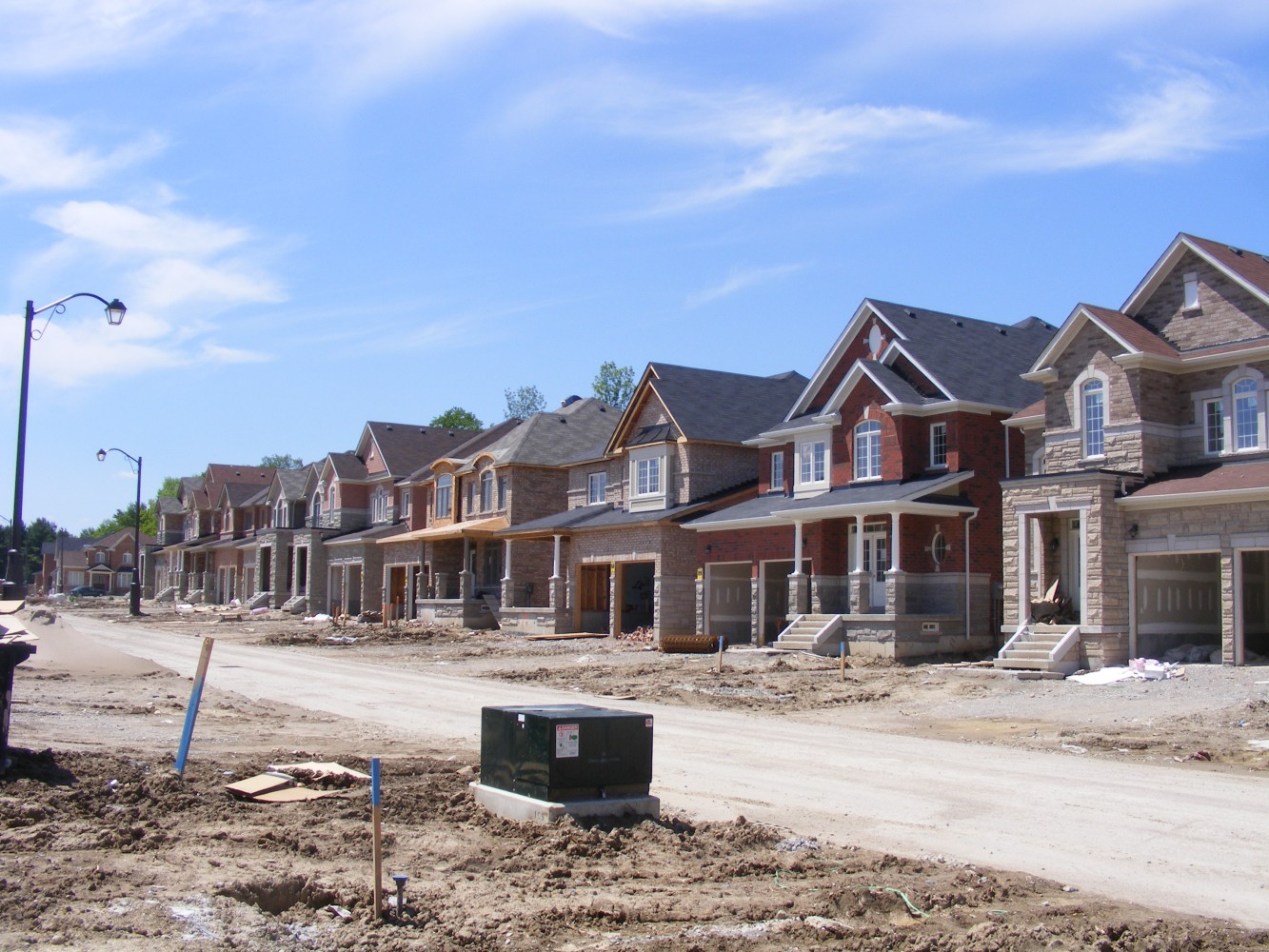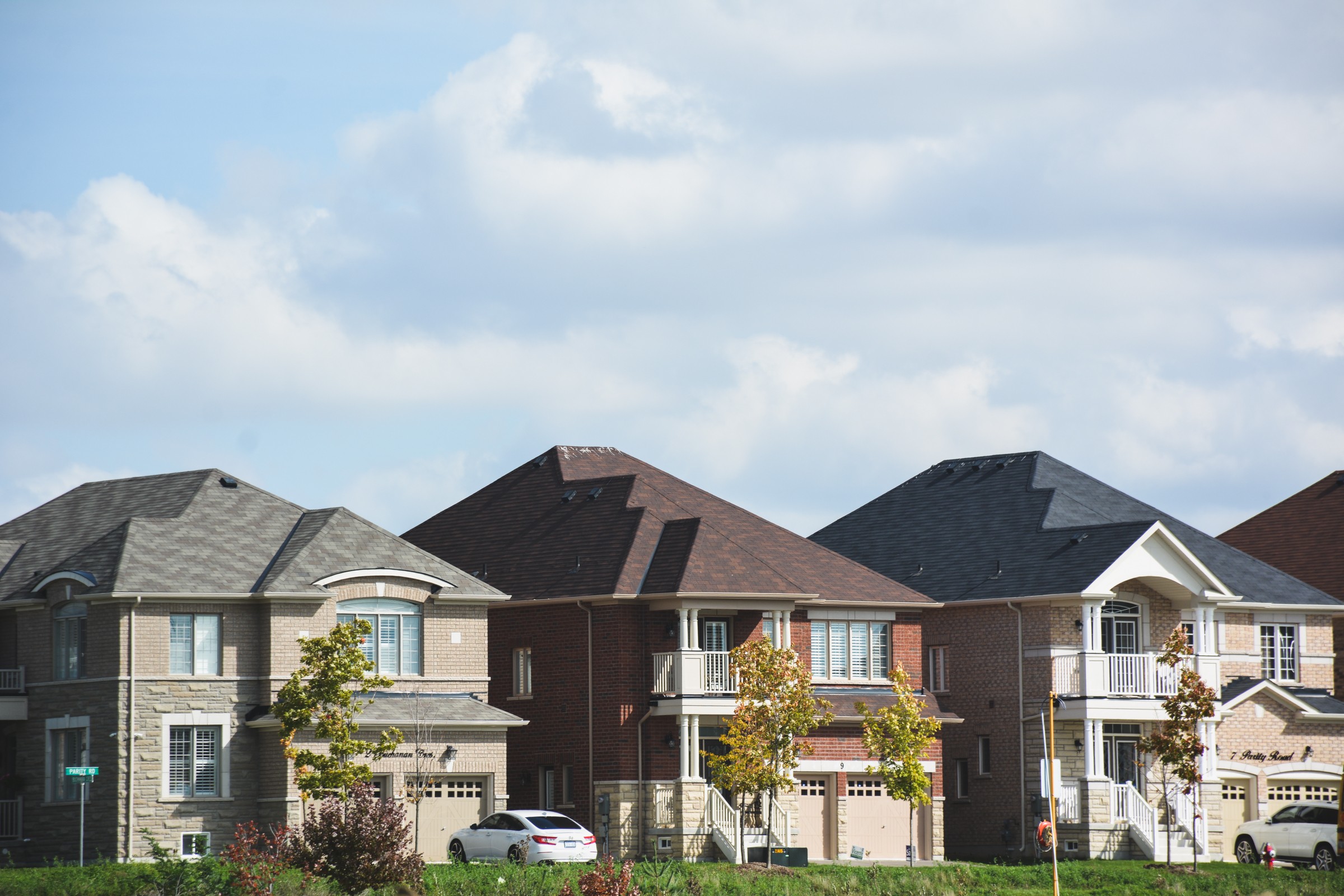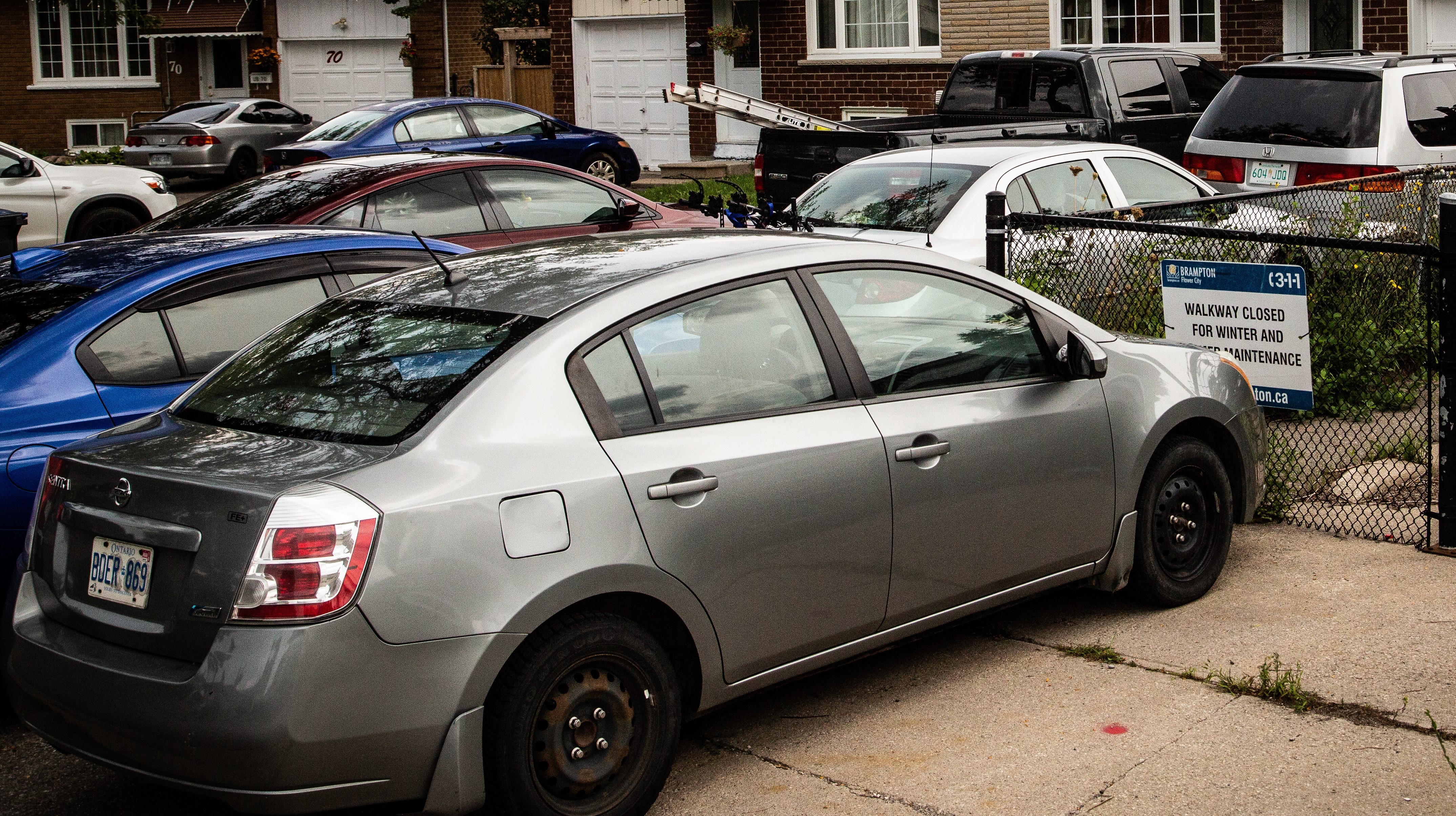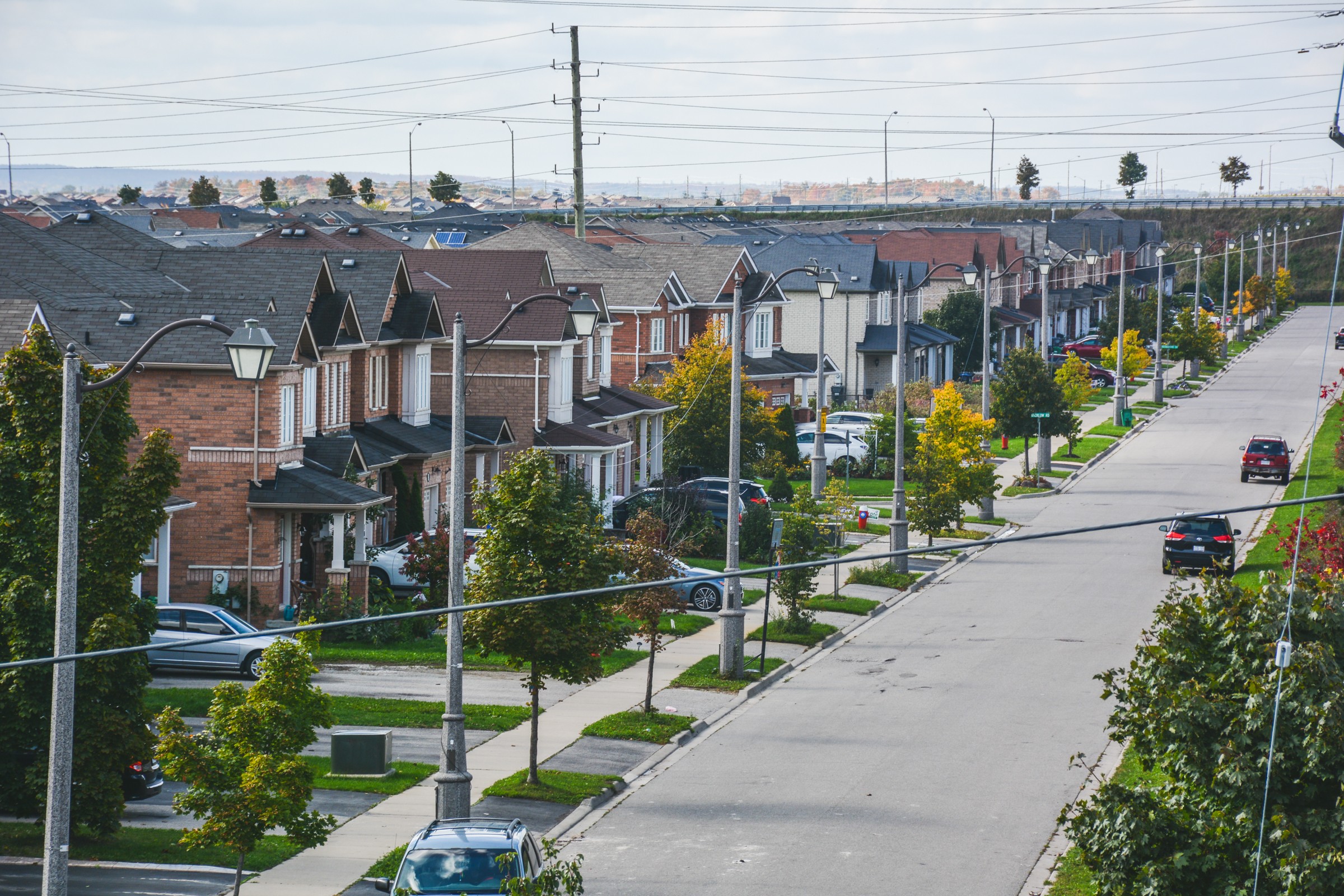
Affordable housing crunch could be eased by encouraging developers to build secondary suites
The city’s review of development charges bylaws is underway and it could lead to major changes on the affordable housing front. Among the recommendations presented by Andrew Mirabella, advisor from Hemson Consulting Ltd., was a suggestion mirroring Brampton’s neighbour to the south. On Wednesday Hemson recommended to City Council that development charges be waived on finished secondary suites, often called basement suites in Brampton, that would come with new developments.
This move, if adopted, could put Brampton in lock-step with Mississauga on the affordable housing issue. In February, that city’s council chose to exempt secondary suites from development charges during the primary build stage to increase the amount of housing stock people can afford. Brampton has been criticized for allowing too many single-family homes, often larger units in sprawling subdivisions, instead of creating more of a mix of housing, including affordable units in high-rises, mid-rises and townhome developments. The development industry often lobbies for the subdivision-style projects, as they fill a lucrative market with high demand for such housing across the GTA, while more affordable housing gets ignored. The proposed plan could address both needs.

Currently, as the demand for affordable housing grows, the city is somewhat hamstrung.
“The challenge is, as you’ve seen, it is very provincially regulated,” Mayor Patrick Brown told The Pointer after Wednesday’s council meeting. “The regulations by the province is really constricted. The province and the federal government don’t give the municipalities the tools to build affordable housing, it makes us dependent on them and they’re not providing the funding.”
The proposed DC exemption is one way around the funding bottleneck.
Brampton already has a DC exemption in place for secondary suites, but only on units that were built inside existing homes, which have been a fixture in Brampton and the bane of many residents who complain that the vast majority of secondary suites in the city are illegal, as they are not registered and many don’t meet safety standards. A 2012 report by city staff said there were an estimated 30,000 unregistered secondary suites in Brampton at the time. It has been estimated that there are now close to 50,000 such units in the city.

If the new bylaw passes, incentivizing developers to build secondary units by waving the DCs, it could help get them registered legally and guarantee they are built to code, with all the required safety features. Councillor Jeff Bowman has recently raised concerns that the fire department currently does not have the ability, for privacy reasons, to inspect secondary suites. He raised the issue with the province after a Brampton resident died in a basement suite fire early in the year.
Councillor Michael Palleschi told The Pointer that he hopes this review could create an environment that would make affordable housing more attainable. “I think we need to hear from the residents and see what their responses are to the DCs. We also need to take it to the stakeholders and the investors in Brampton,” Palleschi said.
“Unfortunately, we’re a creature of the province and will have to wait to see what the province says.”
The Province of Ontario, through the Minister of Municipal Affairs Steve Clark, also recently tabled its affordable housing bill called More homes, More Choice. The bill calls for the elimination of DCs for second units as well, but how they will do that still remains unclear.
Councillor Rowena Santos partially agreed with Palleschi but believed that intensification was not being addressed. “My bigger concern is the whole idea of building affordable housing through building secondary units as a shortcut, for developers to avoid development charges,” she said in council. It's a concern that has been expressed elsewhere in the GTA, that such incentives promote sprawl at a time when the region needs to grow up, not out.

Councillor Rowena Santos
“It would be great for staff when they report back to look at some of those other incentives that will protect and incentivise condo development, large [and] small apartment units.”
Brampton’s population is projected to grow, based on Mirabella’s presentation, by roughly 240,000 between 2019 and 2041. He believes that Brampton will need to create 75,000 new homes in order to accommodate this growth, the majority of which are single-family homes and the rest being townhomes and apartments. With that kind of growth will come other growth-related developments that will also generate fees for the city.
The city charges $30,941 in development fees at the moment that builders have to pay per unit for single-family homes, but Mirabella proposes an increase to $37,881. That is one of a swath of increases proposed by the firm and its representative. The others are:
-
The per unit cost of rowhouses goes up from 24,957 to 28,082
-
Large apartments, ones that are bigger than 750-square-feet, may go up to $22,775 for every build from $17,489
-
Small apartments could go from $10,946 per unit to $13,123
Non-residential development charges, industry and offices, are calculated on a per square metre basis. The presentation proposed industrial DC changes as well:
-
New office spaces could be hit with the highest hike, with charges going from $52.06 to $236.55, a 354 percent increase
-
Industrial development could be charged at a rate of $59.22 per square metre, up from $52.06
-
Non-industrial/non-office, such as retail spaces could go up marginally, with a 6 percent increase from $111.07 to $117.60 per square metre
Development charges are the main revenue tool used by municipalities to fund new infrastructure costs needed to support the growth that comes with building residential and commercial projects. That money goes towards things like new water and wastewater infrastructure, policing, transit and roads just to name a few of the costs DCs are used to pay for, as construction leads to growth. The fees are a key instrument in any growth model. Since new housing developments will require the creation of new infrastructure, DCs act as a form of cost recovery for parallel projects that need to happen. The city often follows the mantra of “growth pays for growth” when explaining the purpose of DCs.

The development industry often lobbies against raising DCs, but when they are imposed the additional costs are simply passed on by builders to those who buy the new homes.
Provincial legislation, more specifically the Development Charges Act 1997, requires municipal DC bylaws to expire every five years. The current framework, which consists of seven bylaws, is set to expire in August. Council hopes to have the review finished and the new bylaws in place before then, and staff will report back on their study of the bylaws by June 19.
Currently, Hemson Consulting Ltd. estimates, there will be close to $4.5 billion worth of projects between 2019 and 2041 that need to have their cost recovered by DCs. Roads and transit make up the largest share of the cost. Subsidizing roads would run taxpayers roughly $1.9 billion and $1.6 billion in the same time period if development charges, and other revenue tools, were not applied. Fundraising methods such as user fees and DC reserve funds are also used.
It should be noted that DC reserve funds for library, fire, transit and public works are currently in the red, meaning they have a negative balance, according to a presentation delivered by Hemson at a March 26 council workshop. That does not bode well, considering all the growth that will continue in the city.
Email: [email protected]
Twitter: @mansoortanweer
Submit a correction about this story


